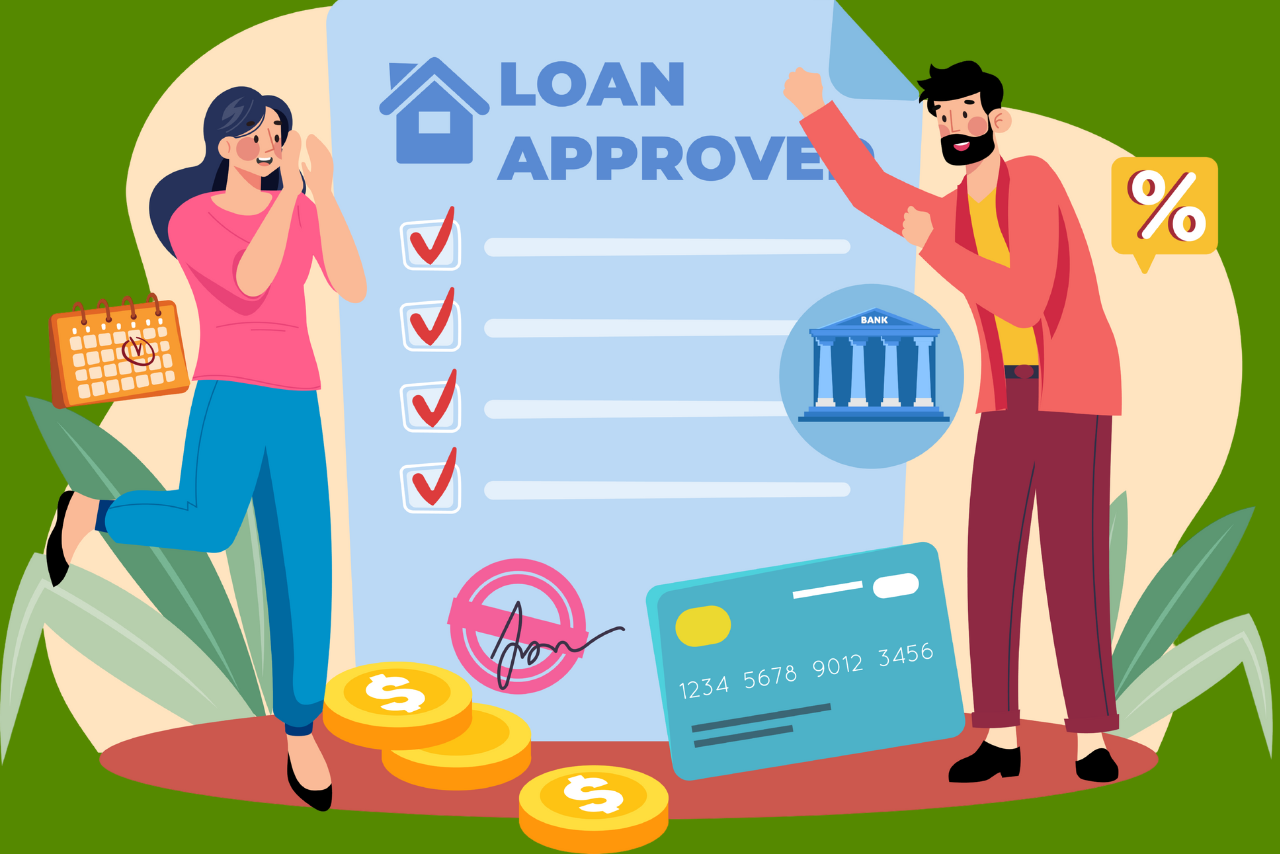Housing Loan EMI Calculation: Which Option Is Smarter – EMI or Full Payment?
Buying a home is one of the biggest financial decisions in life, and understanding your repayment plan is crucial before taking a loan. Housing Loan EMI Calculation helps you estimate your monthly payments based on the loan amount, tenure, and interest rate. By knowing how Housing Loan EMI Calculation works, you can plan your budget better, compare lenders, and decide whether paying through EMIs or opting for an outright purchase is the smarter choice for your financial situation.
The Equated Monthly Installment (EMI) for a housing loan is calculated using a formula that considers the loan amount, interest rate, and loan tenure. Here’s the breakdown
Loan Amount: The total amount you borrow from the bank.
Interest Rate: The annual percentage rate (APR) charged by the bank.
Loan Tenure: The duration of the loan in years.
Formula: EMI = P * r * (1 + r)n / ((1 + r)n – 1) where: * P = Loan Amount * r = Monthly Interest Rate (i.e., Annual Interest Rate / 12) * n = Total Number of Loan Payments (i.e., Loan Tenure * 12)
Calculation: Let’s say you borrow ₹1,000,000 at an interest rate of 8% for a tenure of 20 years. Using the formula above, your monthly EMI would be approximately ₹11,714.
EMI vs. Outright Purchase:
Deciding between an EMI and outright purchase depends on various factors:
Advantages of EMI:
- Affordability: Spreads the loan repayment over a longer period, making monthly payments more manageable.
- Leverage: Allows you to own a property sooner with less upfront capital.
- Tax Benefits: Interest paid on housing loans is eligible for tax deductions in many countries.
Disadvantages of EMI:
- Total Cost: You end up paying more in total due to accumulated interest over the loan tenure.
- Debt Burden: You remain in debt for a longer period, limiting your financial flexibility.
- Investment Opportunity Cost: The money used for EMIs could potentially be invested elsewhere for higher returns.
Outright Purchase Advantages:
- Lower Overall Cost: You avoid paying interest, making it the cheaper option in the long run.
- Ownership Freedom: No outstanding debt gives you complete ownership and control over the property.
- Investment Potential: Frees up capital for other investments potentially offering higher returns.
Outright Purchase Disadvantages:
- Requires Large Upfront Capital: This may not be feasible for everyone, potentially delaying property ownership.
- Liquidity Challenge: Selling the property may be necessary to access the invested capital.
- Missed Investment Opportunities: While avoiding loan interest, you also miss out on potential returns from investing the same amount.
Let us help take your business to the next level!


Leave a Reply